Heat and Drought Tolerant Roses
seasiderooftop
2 years ago
Featured Answer
Sort by:Oldest
Comments (34)
fig_insanity Z7b E TN
2 years agolast modified: 2 years agoseasiderooftop thanked fig_insanity Z7b E TNRelated Discussions
Roses & Drought Tolerance
Comments (3)In Phoenix, hot and dry is a problem 6months out of the year. I use those rubber soaker hoses UNDER the mulch to keep the water where I want it. The soaker hose is on a timer to go off 30min every 3 days. Plus once every two weeks or so, I'll flood irrigate the entire garden. I also planted my rose garden under a very large tree. It gets plenty of morning and mid-day sun, but then is shaded during the worst heat. (Works even better in winter, when the sun being low in the southern sky goes right under the tree and the roses are pretty much in full sun all day in winter). The use of good organic mulch should help a lot. I don't have any roses that object to the heat. Other than the more delicate ones will not bloom when its dreadfully hot. But the health of the bush itself does not suffer....See MoreDrought Tolerant Rose Varieties, Mattock's Ibiza Rose Trials
Comments (3)It gets plenty hot here in the summer, over 100 degrees f. is not uncommon, and rugosas seem to like it just fine. I'm pretty miserly with the water too. Only one of my rugosas is a poor performer, Mme Georges Bruant, and not surprisingly she has a tea parent, the real Mlle de Sombreuil (Mme Georges Bruant was produced in 1887 before Mlle de Sombreuil became confused in commerce). She takes after the tea part of her heritage in wanting lots of water and badly mildewing. So I think it depends on the rugosa. Those that are mostly rugosa, or that favor their rugosa genes, like leaner, sandier soils and are pretty drought tolerant. The ones that are crosses with less drought tolerant roses may perform more like the other rose(s) in the cross even if they have the outward appearance of a rugosa. Melissa...See Moreneed heat drought poor soil tolerant shrub
Comments (11)I suggest mountain lilac (Ceanothus.) It comes in various sizes/shapes. Dark Star has lovely flowers, though it may not get as tall as you like (I forget the height.) You can read about some Ceanothus options here: http://www.humeseeds.com/efcean.htm If you are in southern California, I suggest Matilija's or Las Pilitas. I think they both have websites. Another option is coffeeberry. Why not browse the Las Pilitas website and see if they have something that strikes your fancy? Many natives also attract butterflies, another plus. Here is a link that might be useful: Las Pilitas...See MoreHeat/drought tolerant gardens
Comments (7)Lyle, Not sure if all of these meet your "big" requirement but I've had good luck with the following perennials wrt drought tolerance once they're established. These plants are in full sun and my soil is ammended clay (I think the clay holds the water better than sandier soils.) - Verbena "Homestead Purple" - Salvia nemerosa "Caradonna" and "May Night" - Liatris spicata - Butterfly weed (asclepias tuberosa) - Nepeta (catmint) - Iceplant (delosperma cooperi)(Short groundcover) - Tall Garden Phlox - Aster "Woods Purple" - Daylilies (the amount of bloom is affected by how much it rains, but they'll survive a drought) - Goldenrod "Fireworks" (this gets 3-4' tall and forms a wide clump) - Balloon Flower - Veronica "Royal Candles" Herbs: - Rosemary (this can get really big) - Thyme - Oregano Shrubs: - Butterfly bush This year I'm trying some new perennials that I've heard are drought-tolerant so we'll see how they do: - Candytuft - Yarrow Good luck with your garden!...See Moreseasiderooftop
2 years agolast modified: 2 years agoseasiderooftop
2 years agonoseometer...(7A, SZ10, Albuquerque)
2 years agolast modified: 2 years agoseasiderooftop thanked noseometer...(7A, SZ10, Albuquerque)seasiderooftop
2 years agocatspa_zone9sunset14
2 years agolast modified: 2 years agoseasiderooftop thanked catspa_zone9sunset14catspa_zone9sunset14
2 years agolast modified: 2 years agoseasiderooftop thanked catspa_zone9sunset14Seeingreen
2 years agojacqueline9CA
2 years ago
Related Stories

GARDENING GUIDES10 Drought-Tolerant Shrubs That Thrive in Full Sun and Reflected Heat
Got a hot spot in your garden where plants often die? Try these tough shrubs that add beauty while shrugging off the heat
Full Story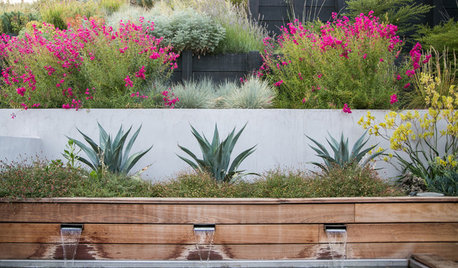
FLOWERS AND PLANTSAgave Weberi’s Spiky Leaves Stand Out in Drought-Tolerant Gardens
Weber’s agave is a Southwestern native that tolerates heat and cold, enhancing gardens of various styles
Full Story
GARDENING GUIDES10 Cold- and Heat-Tolerant Perennials and Shrubs for the Arid West
These flowering native plants shrug off the cold of winter and heat of summer while adding beauty to the drought-tolerant landscape
Full Story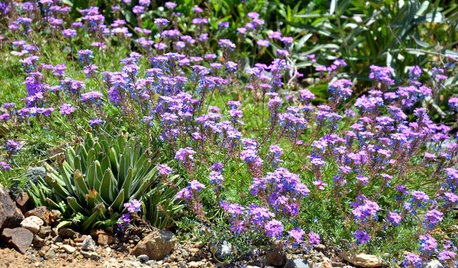
FLOWERS AND PLANTSGlandularia Pulchella Trails Color Through the Drought-Tolerant Garden
Masses of purple blossoms and finely textured foliage cover the ground of arid gardens from spring to fall
Full Story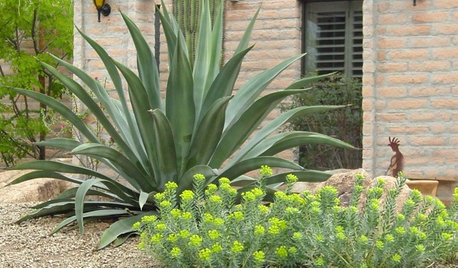
GARDENING GUIDESHow to Spot a Drought-Tolerant Plant
Label? Who needs a label? Learn the characteristics of plants that can thrive in hot, dry conditions to help you pick the right ones
Full Story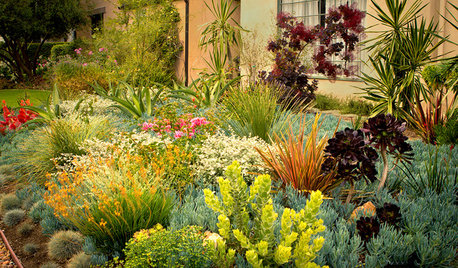
PLANTING IDEAS8 Colorful Drought-Tolerant Landscape Designs
These planting combinations show how to create a lush look with vibrant low-water flowers, shrubs and succulents
Full Story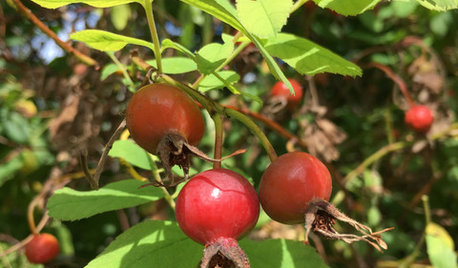
ROSESSmooth Rose’s Arching, Not-So-Thorny Canes Provide Beauty All Year
Plant Rosa blanda, native from the Great Lakes eastward, for its long bloom season, pollinator food and attractive red hips in autumn
Full Story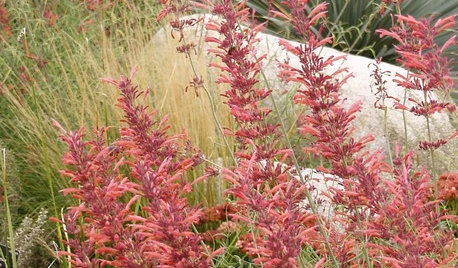
FLOWERS AND PLANTSAgastache Rupestris, a Heat-Loving Hummingbird Magnet
Threadleaf giant hyssop adds color and fragrance to late-summer and fall xeric gardens
Full Story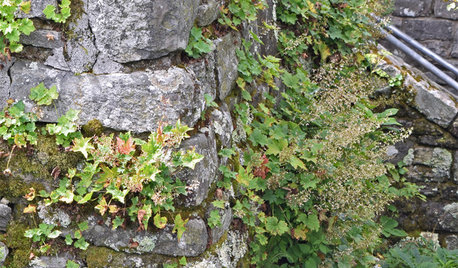
FLOWERS AND PLANTSHeuchera Villosa Stands Heat and Humidity in a Shady Garden
This Appalachian native provides long-lasting foliage and has a lot of colorful cultivars
Full Story0

LANDSCAPE DESIGNFlood-Tolerant Native Trees for Soggy Soil
Swampy sites, floodplains, even standing water ... if you've got a soggy landscape, these trees are for you
Full Story


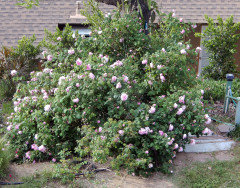



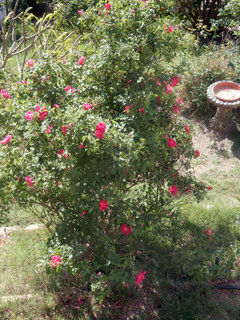
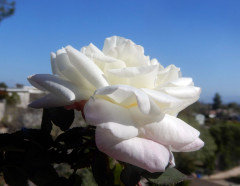
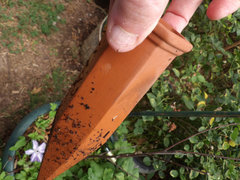
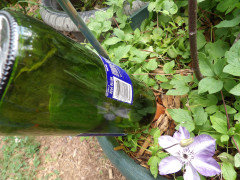
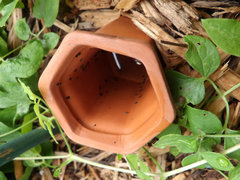


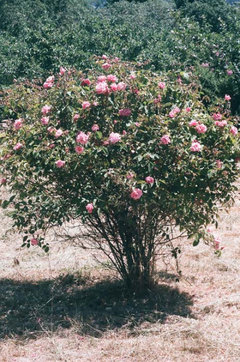
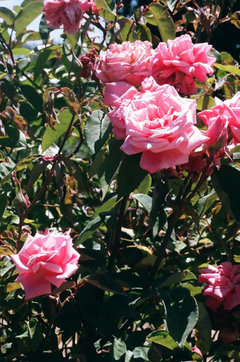

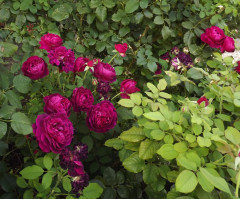
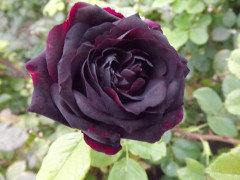

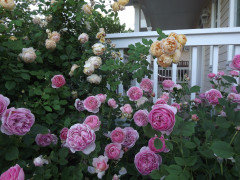


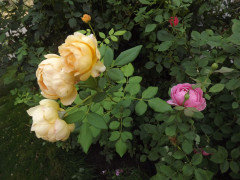



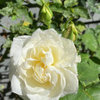
mustbnuts zone 9 sunset 9